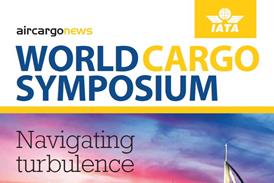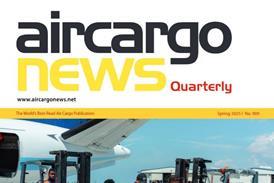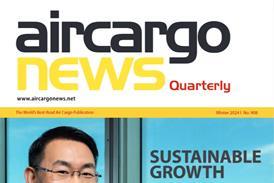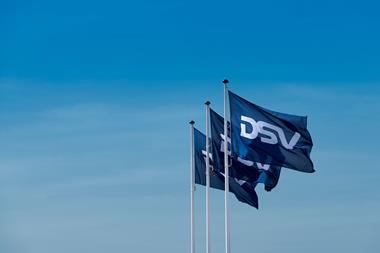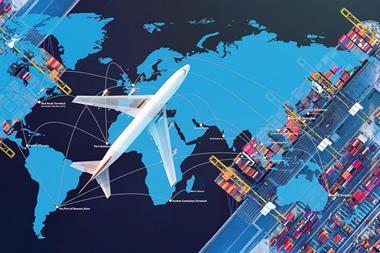
While most of the airfreight industry eyes the current global geopolitical turmoil with worry, there is one sector that could benefit from the disruption – precious metal logistics.
The global instability of the last 12 months has encouraged ‘safe-haven’ buying of both gold and silver.
The high demand levels, interest rate cuts and buying by central banks pushed up prices, with gold ending last year 26% ahead of 2023 levels.
It is expected that the trends which helped gold and silver prices to rise so high in 2024 will continue in 2025.
Grant Angwin, global head of precious metals at Ava Global Logistics tells Air Cargo News that in times of turmoil, demand for the transportation of precious metals ramps up.
“Precious metals, gold in particular, have always needed to be moved by the most rapid mode of transport – airfreight,” said Angwin.
“This has become extremely important in the past few months as the threat of impending tariffs in the US has resulted in huge movements from traditional markets, like London to New York.
“Speed and reliability of service is critical during normal times but even more so during times of uncertainty; the cost of financing can rise during these times from 1% to 15%.
“Despite the current geopolitical issues, gold and silver have always been and will remain global metals.
“They both serve as a hedge against inflation and now, more than ever, as a hedge against geopolitical turmoil.
“We, at Ava Global, expect the coming years to be very volatile and the flows of gold and silver to reflect these uncertainties; starting with the producer and flowing through the whole market.”
Ava is mainly focused on precious metals and banknotes, but global business development director Daniel Johnson, says the company is hoping to expand in the world of diamonds and other high-value cargo.
Johnson has previously worked for IAG Cargo and Turkish Cargo and says he was brought in to lead the company’s diversification into sectors such as luxury goods, fine art and controlled drugs.
He explains that the company only works with a select group of airlines that can provide the high levels of security required.

Source: Ava Global Logistics
Johnson says that over the nine years since Ava Global was launched, the company has developed a deep understanding and appreciation for the pressures and risks associated with transporting pre-refined precious metals and that’s why Ava is insured by Lloyd’s of London up to $400m.
“As an organisation, a significant amount of effort goes into risk management, including supplier selection and auditing of partners - airlines, armoured vehicle providers and all service partners we engage with - so that we can offer customers that near 100% security.”
High-speed demands
He adds that one of the main requirements made by customers is speed of service.
“Lead times can vary but they can be very last minute,” he says. “Because it is last minute and because of what it is, it needs the highest levels of security and guaranteed uplift.
“So the airlines we work with, you have to have 100% certainty that it is going get onto that flight and then our role is to ensure that that whole supply chain is secure.”
As an example, Johnson says that Ava could be working with a mine in Africa that is utilising a small charter aircraft with security onboard to transport gold to a small regional airport where it is then trucked in an armoured vehicle to an international airport.
From there it goes into a vault at the airport and then out to aircraft for transport to the final market, where the whole process happens in reverse.
“Every handover point in terms of that chain of custody is absolutely critical,” he explains. “We’ll work very closely with the airline to ensure there aren’t any mishaps from a security and from an offload perspective.”
Looking ahead, secure logistics trends identified by Ava for 2025 centre around technology and include platform integration, cyber security, Artificial Intelligence (Ai), biometric security, blockchain, sustainability, political instability and regulations and compliance.
Technologies related to these trends aim to increase security levels, create efficiencies, enhance transparency, reduce emissions and meet expansion in regulations, compliance rules and privacy laws.
“In 2025, the international logistics sector will continue to be driven by technological innovation, sustainability imperatives, and the need for resilience amid global challenges,” the company said in a recent position paper.
“Companies that embrace these trends and adapt their business models to meet them will be well-positioned to lead in efficiency, reliability and customer satisfaction.”


